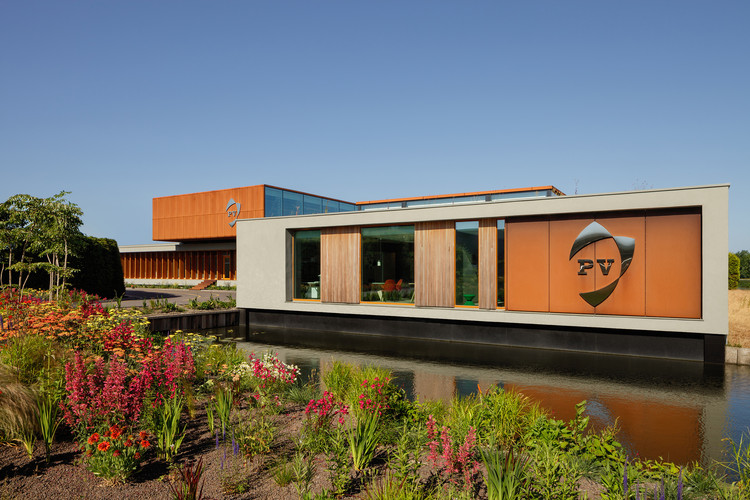
-
Architects: Mark Fuller Architects
- Area: 1850 m²
- Year: 2014
-
Photographs:Katja Effting Fotografie

Text description provided by the architects. Situated in the heart of the vegetable seed breeding industry, Pop Vriend Seeds is a family owned company solving food issues for customers around the world. Enlarging and upgrading their existing headquarters while developing a first rate R&D center was a top priority due to fast growth. Mark Fuller Architects is responsible for the renovation of the existing office building and design of the expansion.






































